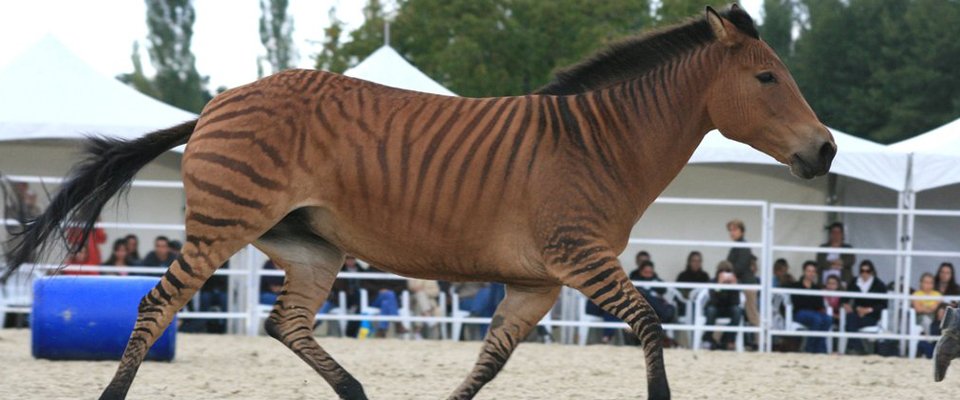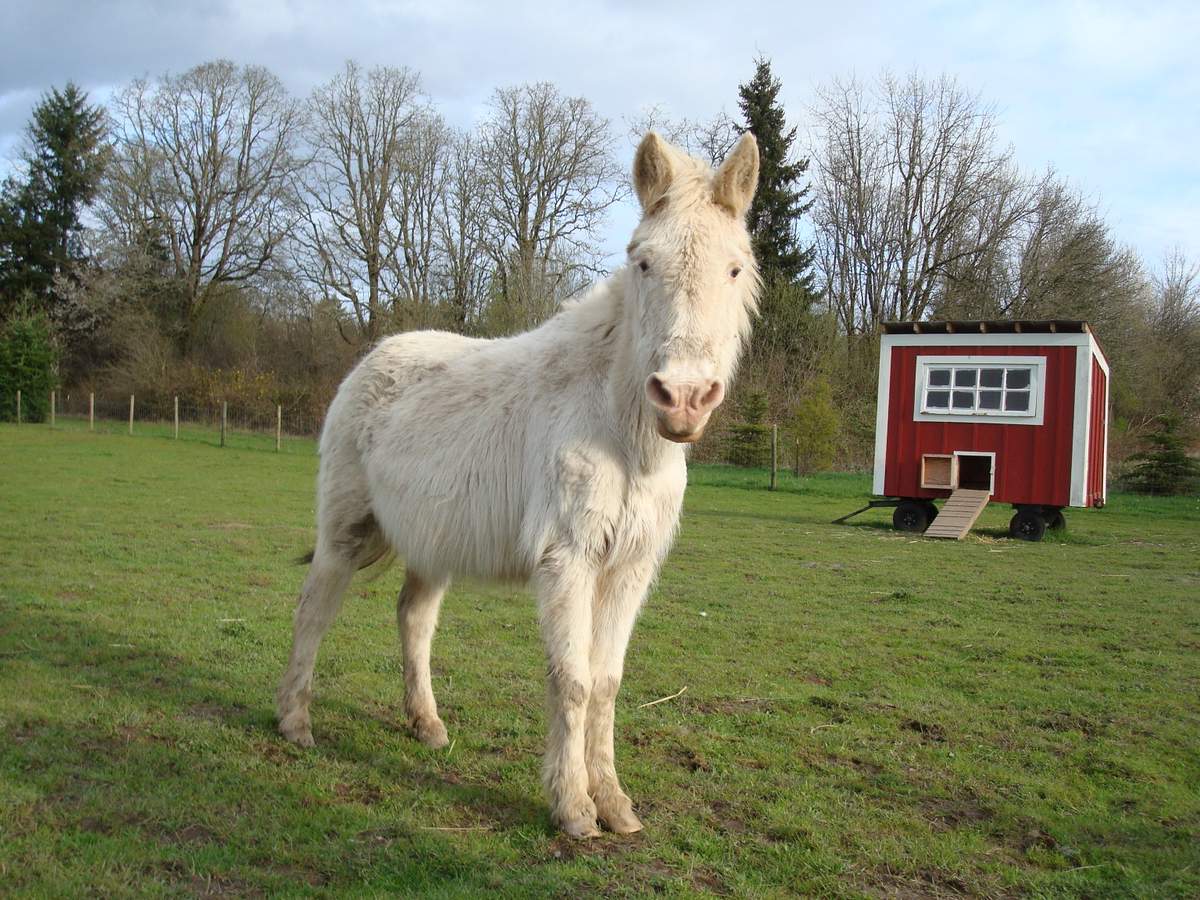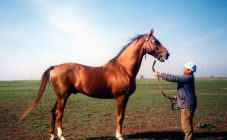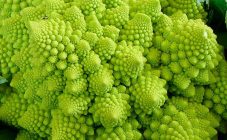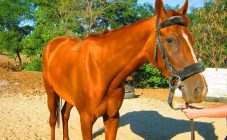Natural biological diversity of living organisms makes nature beautiful and memorable. In order to prevent gene depletion, developmental processes suggest the possibility of mixing different species, but in natural conditions up to 90% of the offspring are sterile, therefore active breeding of hybrid animals is the result of human activity. One example is a hybrid of a donkey and a stallion - a hinnie.
A cross between horses and zebras
A hybrid cross between a zebra and a horse is called a zybroid. Unusual offspring can be obtained by using ponies or donkeys to mate stallions of zebras and mares. The resulting offspring resembles ponies or donkeys in physique, but has a distinctive feature - their entire body is covered with stripes. The hybrids are subsequently used for heavy work that conventional horses cannot handle. Zebroids are most common in mountainous and desert areas.
Kinds
Any hybrid equine in this case will be called a zybroid. As a result of mixing during the interaction of genes, some changes occur in appearance (phenotype) and in growth (sometimes some representatives have dwarfism).
Common features for species will be:
- origin;
- dwarfism of some individuals;
- infertility (breeding is done artificially).
There are the following types of animals related to the hybrid:
- Zaors (mother is a horse mare, father is a male zebra) are sterile;
- Gebra (mother is a zebra, father is a stallion) - the offspring will be sterile;
- Zoni (mother - pony, father - zebra) - the size of the offspring is medium and large;
- Zetland (mother - Scottish pony, father - zebra);
- Zebrules (mother - zebra, father - donkey) - do not bring offspring, live, including in the wild, in South Africa.
Features of genetics
A donkey, pony and horse hybrid will have differences in appearance and genetics. This is due to the fact that representatives of the species have a different number of chromosomal pairs:
- donkey - 31;
- zebras - 16-23 (depending on the species);
- horse - 32.
Regardless of the genetic differences during crossing, these animals may have offspring that will be able to survive and develop. The existing combination of genes ensures normal embryonic development for the fetus, but does not guarantee that an adult animal will be able to reproduce on its own. Scientists' studies have shown that hybrid females only in 40-50% can leave offspring, while males are completely sterile. If you manage to get a new generation, then their chromosome set will differ from the set that a non-sterile partner has.
The peculiarities include the fact that most of the zebra pattern is preserved in areas with pigmentation, if a piebald animal participates in mating.In the case when you need to get offspring that will be devoid of stripes, it is recommended to use exactly white representatives of the species, since in this case the depigmentation gene will be dominant.
Zebrules have stripes of black wool, the location of which runs along the entire spine. Features of the genetic structure leads most of the horse hybrids to the inability to have offspring. The need to breed hybrids has arisen, since zebras cannot perform heavy physical work and are not adapted to being ridden. Hybrid animals were able to become human helpers, but retained the willfulness of character that is present in animals in the wild.
Culture
Experiments on crossing were carried out by scientists for a long period of time. The first successful result was the birth of a hybrid from an Arabian mare of a bay color and a male zebra. It happened in 1815. As a result of the experiment, the author of which was Lord Morton, a female was obtained that outwardly (in phenotype) resembled both parents. All the features of the hybrid offspring were described by Charles Darwin. So the scientist pointed out that the stripes on the limbs of the hybrid were more than that of a purebred zebra.
In the second half of the twentieth century, interest in genetics increased, so more crosses were carried out, it was during this period that a prototype of a zebrula was obtained. Then they began to get hybrids ideally suited for riding. Over time, the experiments stopped, as this approach caused a lot of controversy. The last of the bred crossbreeds died in 2009. Hybrids were actively used in the creation of feature films, educational stories about the life of animals.
Loshak
A mixture of a donkey and a horse domesticated as the tamed species is called - a hinny. There are few representatives of this hybrid branch, since they are small in size, inferior in terms of strength and endurance to mules and ordinary horses. The maximum known height at the withers in mules reaches 152 cm, in 90% of cases - 110-130 cm.There are also descriptions of very small animals, whose height at the withers will be slightly higher than 60 cm.
It is known that the genetic set possessed by a hybrid of a horse and a donkey (hinny) has 63 chromosomes. Since there is an odd number of chromosome pairs, the hybrids have problems with further fertilization, the probability of sterility and mortality of the offspring increases during the period of embryonic development of the fetus.
It is also known that stallion hybrids are always sterile, but females are capable of procreation, but such cases are practically not recorded. Successful breeding took place 38 years ago in China. The main reason for the low prevalence of hinnies is considered to be the mating ritual of donkeys (females rarely admit males to themselves). Poor fertility is also noted (14% of fertilizations from all cases will be successful). The gestation period lasts 350 days.Adult hinnies do not have strength and endurance, therefore they show low suitability for performing hard work.
Mule
These hybrids differ from many representatives of other crosses in their large size. They demonstrate endurance and strength like a normal horse, surprisingly high performance. That is why animals are actively used in various sectors and areas of the national economy. The advantages that the hybrid of a donkey and a mare shows:
- do not require special care;
- do not need special types of feed;
- hardy;
- strong;
- able to cope with prolonged physical activity.
Features of hybrids:
- the average weight is 420 kg (it is known that some representatives reach 600 kg);
- mules can lift a load that exceeds their own weight by 30%;
- they do not need a long rest.
External signs were transmitted to hybrids from both a donkey and a horse: the head is large, but the ears are long enough, the limbs are thin, but the hooves are compact and narrow, the mane is short, but the neck is massive, the body is proportional, the muscles are very well developed. Maternal traits are transmitted more often and are more pronounced, therefore indicators such as weight, size and constitution differ in hybrids. Mule colors:
- bay;
- gray;
- black.
The variety of species and hybrids after crossing them allows scientists to obtain representatives that can do hard work, but not experience fatigue for a long time. Such pairs as a donkey male and a mare, donkeys and horses, zebras and horses are subjected to crossing. Such experiments can be called in different ways, but, from a scientific point of view, these are studies that allow you to find out the features of the genetic code. Every equestrian breeder looks to the animal to be strong and resilient, as this is an indicator of health. Scientists are striving to study hybrids in such a way as to reflect the features that nature has laid in them.
